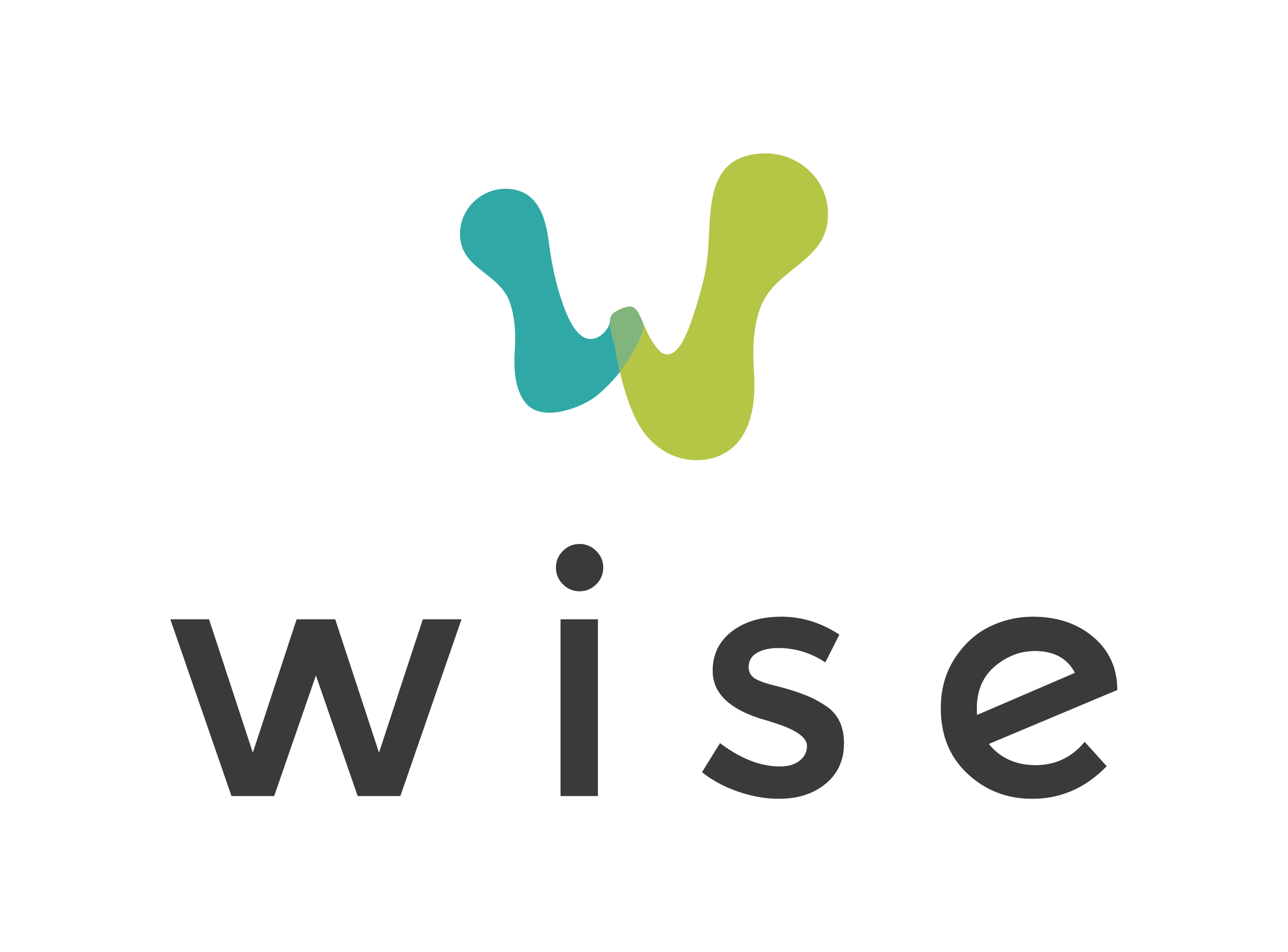According to IDEA Section 300.29:
(a) Transition service means a coordinated set of activities for a student with a disability that (1) Is designed within an outcome-oriented process, that promotes movement from school to post-school activities, including post-secondary education, vocational training, integrated employment (including supported employment), continuing and adult education, adult services, independent living, or community participation; (2) Is based on the individual student’s needs, taking into account the student’s preferences and interests; and (3) Includes (i) Instruction; (ii) Related services; (iii) Community experiences; and (iv) The development of employment and other post-school adult living objectives.” IDEA 2004
Currently, most Oregon students with intellectual disabilities still continue to leave school without paid employment. Students who experience more significant disability labels also experience less community work experience exposure and limited placement. This in turn limits their options as potential workers once they leave school.
If we see IDEA as a framework to achieve successful transition outcomes, we need to think about providing services in community settings and designing community work experiences that are based on individual interests and preferences for every student instead of groups being taken all together to one community site. This means each and every student regardless of disability should have access to their “own” individual placement and work experience. The use of WIOA pre-employment funds for discovery or facilitated person centered employment could be used to determine best fit and interest. This could direct individual work experiences and begin to define supports needed for future jobs. The more significant the disability the earlier the student should begin this process as part of a school program rather than be excluded and limited to on campus experiences only.
Linkages to adult services and actual job search should also commence prior to leaving school with the idea that the paid job be located sooner rather than after leaving school. Ideally, schools and local providers would collaborate on the search using braided resources (WIOA, OVRS, ODE funding, etc.). If a school district is already utilizing state YTP funds, these programs should expand to include ALL students with intellectual disabilities rather than just serving some, as is currently the practice in many school districts. Internships and training outside the school setting, located within existing businesses such as Project SEARCH could be facilitated within every community.
A stronger partnership that promotes supported employment needs to be in place for Oregon Department of Education, ODDS and OVRS, so we can realize the promise of successful transition under IDEA. The expectation that ALL students can and should work in paid community jobs across our state needs to be endorsed more openly by all three entities, and collaboration that leads to action. We can succeed in having ALL school Leavers with intellectual Disabilities leave school already in paid jobs! For perspectives from other national experts on transition from school to work, see articles by: 1) Grossi and Thomas, and 2) Munundar and Carlson.
– Debra McLean
